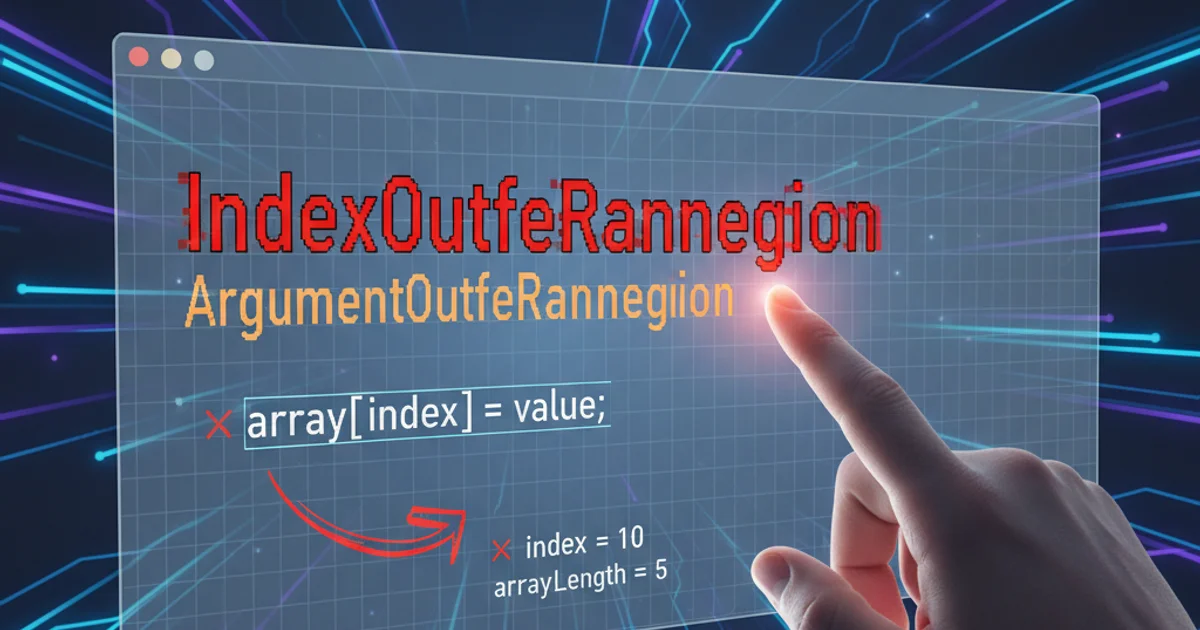Brew Update not working after mac 10.9
Categories:
Resolving 'brew update' Issues After macOS 10.9 Mavericks Upgrade

Encountering problems with Homebrew after upgrading to macOS 10.9 Mavericks? This guide provides comprehensive solutions to get your package manager working smoothly again.
Upgrading your macOS can sometimes introduce unexpected issues with existing software, and Homebrew, the popular package manager, is no exception. Users upgrading to macOS 10.9 Mavericks often report that brew update commands fail or behave erratically. This article will walk you through the common causes of these problems and provide step-by-step solutions to restore Homebrew's functionality.
Common Causes of 'brew update' Failures on macOS 10.9
The primary reasons for brew update issues on macOS 10.9 Mavericks typically revolve around changes in the Xcode Command Line Tools, Git configurations, or Homebrew's internal structure. Mavericks introduced significant updates to the underlying system, which can break compatibility with older Homebrew installations or their dependencies. Understanding these root causes is the first step towards a successful resolution.
flowchart TD
A[macOS 10.9 Upgrade] --> B{Homebrew 'brew update' Fails?}
B -- Yes --> C{Check Xcode Command Line Tools}
C -- Missing/Outdated --> D[Install/Update CLT]
B -- Yes --> E{Check Git Configuration}
E -- Corrupted/Incorrect --> F[Reconfigure Git]
B -- Yes --> G{Homebrew Self-Update Issues}
G -- Yes --> H[Run 'brew doctor' & Fix]
D --> I[Retry 'brew update']
F --> I
H --> I
I -- Success --> J[Homebrew Operational]
I -- Failure --> K[Consider Reinstalling Homebrew]Flowchart illustrating common causes and solutions for Homebrew update failures on macOS 10.9.
Solution 1: Reinstalling Xcode Command Line Tools
macOS 10.9 Mavericks often requires a fresh installation or update of the Xcode Command Line Tools (CLT). Homebrew heavily relies on these tools for compiling and installing packages. If they are missing or outdated after the upgrade, brew update (and other Homebrew commands) will likely fail. The simplest way to address this is to reinstall them.
xcode-select --install
Command to reinstall Xcode Command Line Tools.
This command will open a dialog box prompting you to install the tools. Follow the on-screen instructions. If you already have Xcode installed, ensure it's updated to the latest version compatible with Mavericks, and then try reinstalling the CLTs.
xcode-select --install again can often resolve subtle path or configuration issues introduced by the macOS upgrade.Solution 2: Addressing Git Configuration and Permissions
Homebrew uses Git internally to manage its formulae and updates. If your Git installation or its configuration is corrupted, or if there are permission issues within Homebrew's Git repository, brew update will fail. This can happen if the upgrade process altered file permissions or if an older Git version is causing conflicts.
cd "$(brew --repository)"
git config remote.origin.url https://github.com/Homebrew/homebrew-core.git
git fetch origin
git reset --hard origin/master
Commands to reconfigure Homebrew's Git remote and reset the repository.
These commands navigate to Homebrew's core repository, ensure the remote URL is correct, fetch the latest changes, and then hard reset your local repository to match the remote. This can fix many Git-related update issues.
git reset --hard will discard any local changes you might have made to Homebrew's core formulae. While generally not recommended for Homebrew users, it's a necessary step to fix a corrupted repository.Solution 3: Running 'brew doctor' and Fixing Reported Issues
Homebrew includes a self-diagnostic tool called brew doctor that can identify common problems with your Homebrew installation. After a major macOS upgrade, running this command is crucial as it can pinpoint specific issues that need attention.
brew doctor
Command to run Homebrew's diagnostic tool.
Carefully read the output of brew doctor. It will often provide specific instructions on how to resolve detected problems, such as outdated links, permission issues, or missing dependencies. Follow these recommendations diligently.
brew doctor is highly informative. Don't just skim it; understand each warning or error message and address them one by one.Solution 4: Complete Reinstallation of Homebrew (Last Resort)
If all other solutions fail, a complete reinstallation of Homebrew might be necessary. This ensures a clean slate, removing any lingering configuration issues or corrupted files from the upgrade process. This should be considered a last resort, as it will remove all installed packages and require you to reinstall them.
1. Backup your installed packages (optional but recommended)
Before uninstalling, you might want to list your currently installed packages so you can easily reinstall them later. Run: brew list > brew_packages.txt
2. Uninstall Homebrew
Run the official uninstall script: /bin/bash -c "$(curl -fsSL https://raw.githubusercontent.com/Homebrew/install/HEAD/uninstall.sh)"
3. Reinstall Homebrew
After uninstallation, reinstall Homebrew using the standard command: /bin/bash -c "$(curl -fsSL https://raw.githubusercontent.com/Homebrew/install/HEAD/install.sh)"
4. Reinstall your packages
If you backed up your package list, you can reinstall them using: xargs brew install < brew_packages.txt